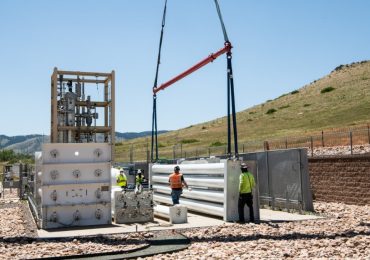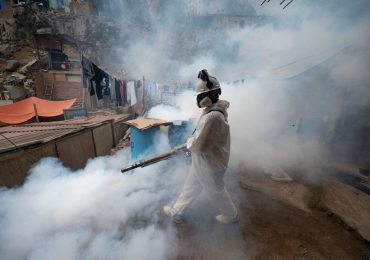In this new post, Julia Cooke and Joanna Carey—ecologists and friends from the UK and USA—present their work ‘Stress alters the role of silicon in controlling plant water movement’. They show how to deal with contradictory experimental results, celebrate the importance of discussion to reach scientific answers and how results materialise.
About the paper
It is not uncommon to read conflicting experimental results among papers. One such case involves results describing the interaction between the accumulation of silicon (Si) by plants and how much water moves through them. Some papers reported that adding Si reduced water movement (stomatal transpiration or conductance), while others reported increases—and yet others suggested more water flow increased Si accumulation, while others found the opposite response. We identified aspects of Si uptake, transport, deposition and functions that were associated with the transpiration stream, although we found a comparable list of behaviours that were independent from transpiration (Figure 1).
One possible explanation for the different results reported in the literature is that those experiments measuring Si accumulation and water movement include different plant taxa, stress applications and growth media. Therefore, we anticipated that if we synthesized the data from various experiments via a meta-analysis we might be able to explain the apparently contradictory results—and we did.
Our meta-analysis (of 34 studies, excluding rice) showed that exposure of plants to stress explained a large amount of the variation among individual study results. Increased Si availability significantly increased water movement in stressed plants, particularly stomatal conductance in plants exposed to salinity and drought stress. Increased conductance was most apparent in plants using C4 carbon fixation and in Poales (the taxonomic order that includes grasses and many agricultural crops, for example). Unfortunately, however, while Si addition to the drought and salinity exposed plants increased water movement to alleviate such stressors, full recovery to unstressed transpiration and conductance rates were not achieved. Hence, Si additions significantly relieve—but not completely ameliorate—the impacts of stress on plant water movement.
At the same time, we found that in plants that were not stressed, there were mixed responses to experimental Si addition. There was a group of responses indicating small positive, or no impact of Si addition, in unstressed plants. But, there were also quite a few instances where Si addition to unstressed plants reduced transpiration and conductance—a signal not observed in stressed plants. This suggested, that for some species, Si accumulation in unstressed plants reduced water movement—highlighting a potential overlooked cost of Si use in plants. Moreover, these data were from the control treatments—which meant there was little publication bias. Often control treatments are present for comparison or checks, so it was nice to use these data in their own right.
Why did we exclude rice? Rice is the main model species for plant Si research—it is an important food crop, a high Si accumulator, and grown where soils can become depleted in available Si through long-term cropping. Rice is also semi-aquatic, which also might result in different behaviour compared to terrestrial species. To avoid our analyses being dominated by rice studies, we exclude rice to focus on diverse taxa.
About the research
This was one of those exciting research questions developed in the social events surrounding a scientific meeting. At a meeting in Sweden in 2016, US-based Joanna and UK-based Julia discovered they were both perplexed over the mixed results of the relationship between water movement and plant Si presented in publications. Later, at a meeting in Vienna in 2019 they continued their discussions which helped formed the research described here. Both had previous experience with meta-analyses and Julia had expertise on the impacts of stress on plant Si function while Joanna had worked on differences in Si accumulation models in tussock tundra and salt marshes. Although it took us a while to complete the study—with good interruptions (pregnancies) and a bad one (the pandemic)—and it feels good to see the study in print.
We hope our findings stimulate further research and contribute to better understanding the costs of Si accumulation for plants. The major finding of the paper—that Si fertiliser can enable at least partial restoration of stress-induced reduction of water movement in plants—could be a mitigation tool for plants under increasing water and salinity stress, particularly for Poales which includes many important crops. However, there are further complications, as Si function in plants is also impacted by herbivory and other aspects of climate changes, such as atmospheric CO2.
About the authors
Dr Julia Cooke is a senior lecturer in ecology at The Open University. In her spare time, she enjoys going to the theatre, growing vegetables on her allotment, parkrun and being an Associate Dean for External Engagement and Enterprise. She is fascinated by why and how plants use Si—from evolutionary origins to tackling some of the challenges plants face today. Julia is also an Associate Editor for Functional Ecology.
Dr Joanna Carey is an associate professor of earth & environmental science at Babson College. When she is not working, she is usually taking care of her two small children, reading, or napping. She has a keen interest to understand how plants regulate the movement of Si from terrestrial into aquatic systems, and how human activities may be influencing that behaviour.
Enjoyed the blogpost? Read the research here!
Leave a comment









